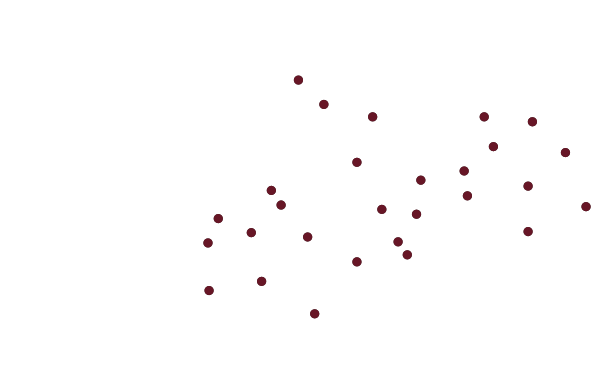Illustrated glossary
- Arsenal
- Barracks
- Bastion
- Bastioned tower
- Battery
- Capital
- Caponier
- Casemate
- Cavalier
- Citadel
- Cofferdam
- Cordon
- Corps de garde or Guardroom
- Corps de place
- Counterguard or coverface
- Counterscarp
- Covert way
- Crown
- Cunette
- Curtain wall
- Dame
- Defilade or to cover
- Demi-lune or ravelin
- Ditch
- Echauguette or watchtower
- Embrasure
- Enceinte or urban walls
- Entrenched camps
- Face
- Fausse braie
- First system
- Flank
- Fort
- Fortress
- Glacis
- Gorge
- Guérite
- Hornwork
- Loophole or Murder hole
- Lunette
- Nid-de-pie
- Orgues
- Orillion
- Parade ground
- Parapet
- Pas de souris stairway
- Portcullis
- Postern
- Rampart
- Redoubt
- Reduit
- Second system
- Stronghold
- Tenaille
- Third system
- Three systems
- To flank
- Traverse
- Wall walk
Second system
With the second system, Vauban increased the number of defensive enceintes or walls, setting up an external wall called “the combat wall” and an internal wall called “the safety wall”. The bastions formed a sort of independent defensive belt around the body of the stronghold and the ramparts. As the external wall was higher than the internal wall, the enemy could only fire on the first wall which hid the second one. Vauban also added a new innovation, namely bastioned towers on the ramparts. Each element in the defensive system had its own role to play in terms of staggering fire, close fire or far away action.
Besançon is one of the first examples of this system.
Besançon is one of the first examples of this system.
